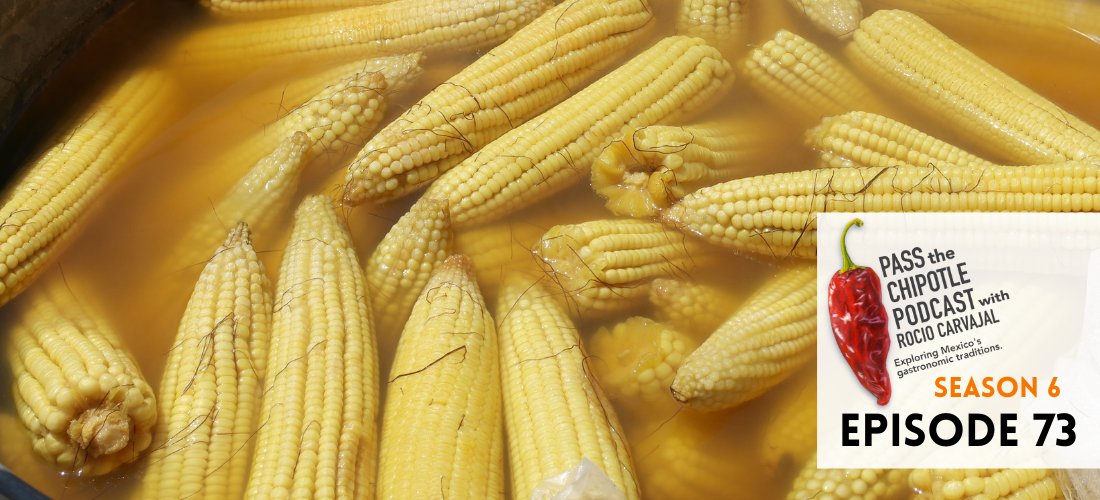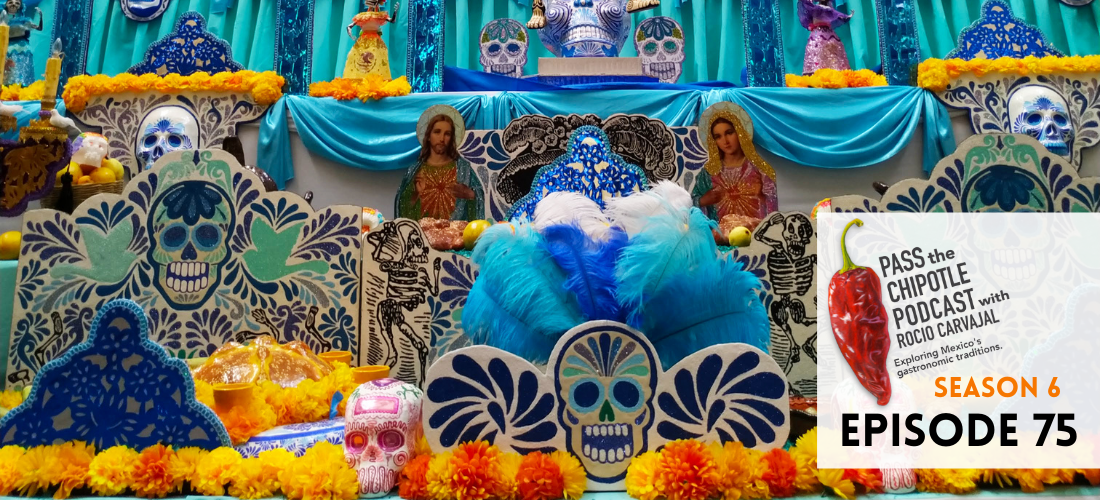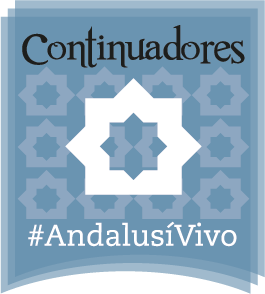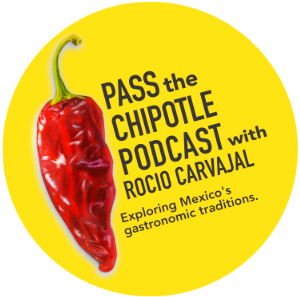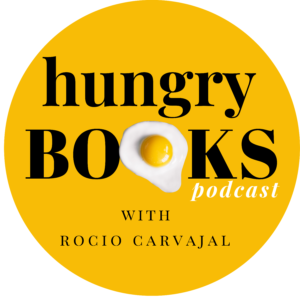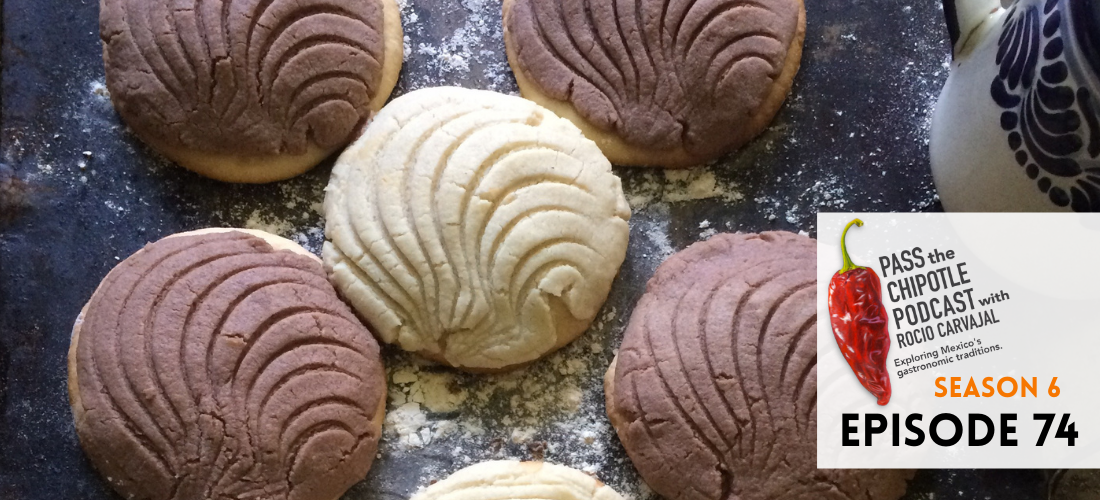
The history of Mexico’s bakeries bakers & bread 🍞
September 24, 2021rocio.carvajal.cortes@gmail.com
Presented by: Rocio Carvajal Food history writer, cook and author.
Episode 74
Mexican pastries or “pan dulce” have taken the world by storm with their delicious flavours and styles, but did you know that wheat was once a stranger in Mexico? This episode explores the remote origins of wheat in the Middle East and its voyage to the New World where it inspired one of the most important food industries of the colonial period.
You will hear about the hidden world of bakeries, guilds and brotherhoods that organised an invisible workforce that fed thousands of people. I will introduce you to the magical colonial bread stamps and how I brought back to life a 500-year-old bread recipe!
Anyone who has visited Mexico knows what a bread loving society we are. Bread in some shape or form will always accompany our meals and the seemingly endless variety of pastries is a ubiquitous temptation. Pulling the thread of bread history allows us to explore many avenues of enquiry, from social history to economy, law, agriculture, industry and of course food traditions.
The case of bread in Mexico is a curious one because our ancient civilisations built an entire food system around corn which inspired myths of origin and rites that were part of their cultural universe. But after the arrival of Spanish invaders, the cultural clash wasn’t only about language and religion but about a completely different way of understanding life. Wheat and bread were to Spaniards what corn and tortillas to indigenous people, an indivisible unit upon which their identity was built. The climate and soils of the heartland of Mexico proved to be the best region for wheat’s cultivation and in a few decades, the province of Puebla became the granary of New Spain, the quality of the wheat produced here along with flour and bread was exported regularly to the port of Veracruz, Yucatan, Puerto Rico, garrisons in Florida, Havana’s fortress, Santo Domingo, the Antilles, Acapulco and Peru! The rich heritage of centuries-old baking tradition is still visible in the astonishing variety and uniqueness of bread and pastries seasoned with the ingredients, techniques and craft of slaves and immigrants from Asia, Africa, the Middle East and Europe.
Indeed we may have forgotten the names of the of people who centuries before us worked, dreamed and forged culinary traditions, but their legacy became imprinted in the fabric of our culture and it comes back to life with every baked bread, every cooked stew and every pressed tortilla.
In the research of this episode I used a few books I think you might enjoy too:
Asian Slaves in Colonial Mexico: From Chinos to Indians. By Tatiana Seijas. https://amzn.to/2XBRDCh
Political Essay on the Kingdom of New Spain, Volume 1. By Alexander von Humboldt https://amzn.to/39zj16y
The Spanish Atlantic World in the Eighteenth Century: War and the Bourbon Reforms, 1713–1796. By Allan J. Kuethe & Kenneth J. Andrien https://amzn.to/39M635P


